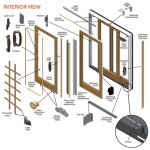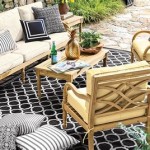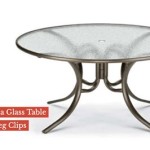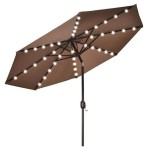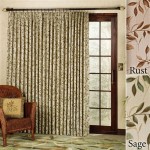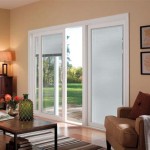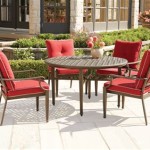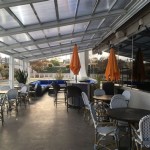Essential Aspects of DIY Outdoor Patio Table Plans
Crafting a stunning outdoor patio table is a rewarding DIY project that can enhance your outdoor living space. To achieve success, it's crucial to consider several essential aspects when selecting and implementing your plans. Here's a comprehensive guide to help you navigate the process and create a table that meets your needs and complements your outdoor aesthetic.
1. Material Selection
The durability and longevity of your table will largely depend on the materials you choose. Consider these options:
- Cedar: Naturally resistant to rot and insects, cedar offers durability and a warm, inviting appearance.
- Redwood: Similar to cedar, redwood boasts natural resistance to decay and a beautiful reddish-brown hue.
- Teak: Renowned for its exceptional weather resistance, teak is a premium choice for outdoor furniture.
- Pressure-treated lumber: For budget-friendly options, pressure-treated lumber provides protection against rot and decay.
2. Table Size and Shape
Determine the ideal size of your table based on the available space and the number of people you intend to accommodate. Consider the shape as well:
- Rectangular: Classic and versatile, rectangular tables maximize seating capacity.
- Round: Ideal for smaller spaces, round tables promote conversation and social interaction.
- Square: A stylish choice for contemporary patios, square tables offer a modern and functional aesthetic.
- Oval: Combining the benefits of rectangular and round designs, oval tables provide ample seating without sacrificing style.
3. Tabletop Design
Choose a tabletop design that complements your desired style and functionality:
- Plank-style: Create a rustic and inviting feel with planks of varying widths arranged horizontally.
- Slab-style: Opt for a seamless and modern look with a single, large piece of wood serving as the tabletop.
- Tiled: Introduce color and pattern with ceramic or stone tiles, creating a unique and durable surface.
- Concrete: For a sleek and industrial aesthetic, consider using concrete for the tabletop.
4. Base and Leg Options
Your table's base and legs contribute to its visual appeal and stability:
- Pedestal base: A single, central base provides support and a sculptural element.
- Four-leg base: Traditional and sturdy, four legs offer ample support and a classic aesthetic.
- Cross-leg base: An elegant and functional design where the legs intersect and create a cross pattern.
- Trestle base: Featuring two A-frame structures that support the tabletop, trestle bases add a touch of rustic charm.
5. Finishing Touches
Complete your patio table with these finishing touches:
- Stain or paint: Protect and enhance the appearance of your table with a suitable stain or paint.
- Sealer: Apply a sealer to protect the tabletop from moisture and UV damage.
- Hardware: Choose high-quality hardware such as screws, bolts, and connectors to ensure durability.
- Accessories: Add personal touches with cushions, tablecloths, or other decorative elements.
By carefully considering these essential aspects, you can create a DIY outdoor patio table that meets your specific needs and elevates your outdoor living experience. Remember to select durable materials, choose a size and shape that complements your space, design a tabletop that matches your aesthetic, and opt for a base and leg style that provides stability and visual appeal. With meticulous planning and execution, you can enjoy a beautiful and functional outdoor table for years to come.

Diy Outdoor Table Angela Marie Made

Bryan S Site Diy Cedar Patio Table Plans

Outdoor Dining Table Kreg Tool

Diy Outdoor Table Angela Marie Made

Outdoor Dining Table Plans Houseful Of Handmade

25 Diy Patio Table Plans Free Wood Outdoor

Diy Patio Table With Built In Ice Box Drink Coolers Matching Benches Woodworking Plan Remodelaholic

Diy Outdoor Table Angela Marie Made
:max_bytes(150000):strip_icc()/housefulofhandmade-2206fefc058449c593f4d964898c1288.jpg?strip=all)
18 Diy Outdoor Table Plans

Outdoor Dining Table Building Plans The Creative Mom

